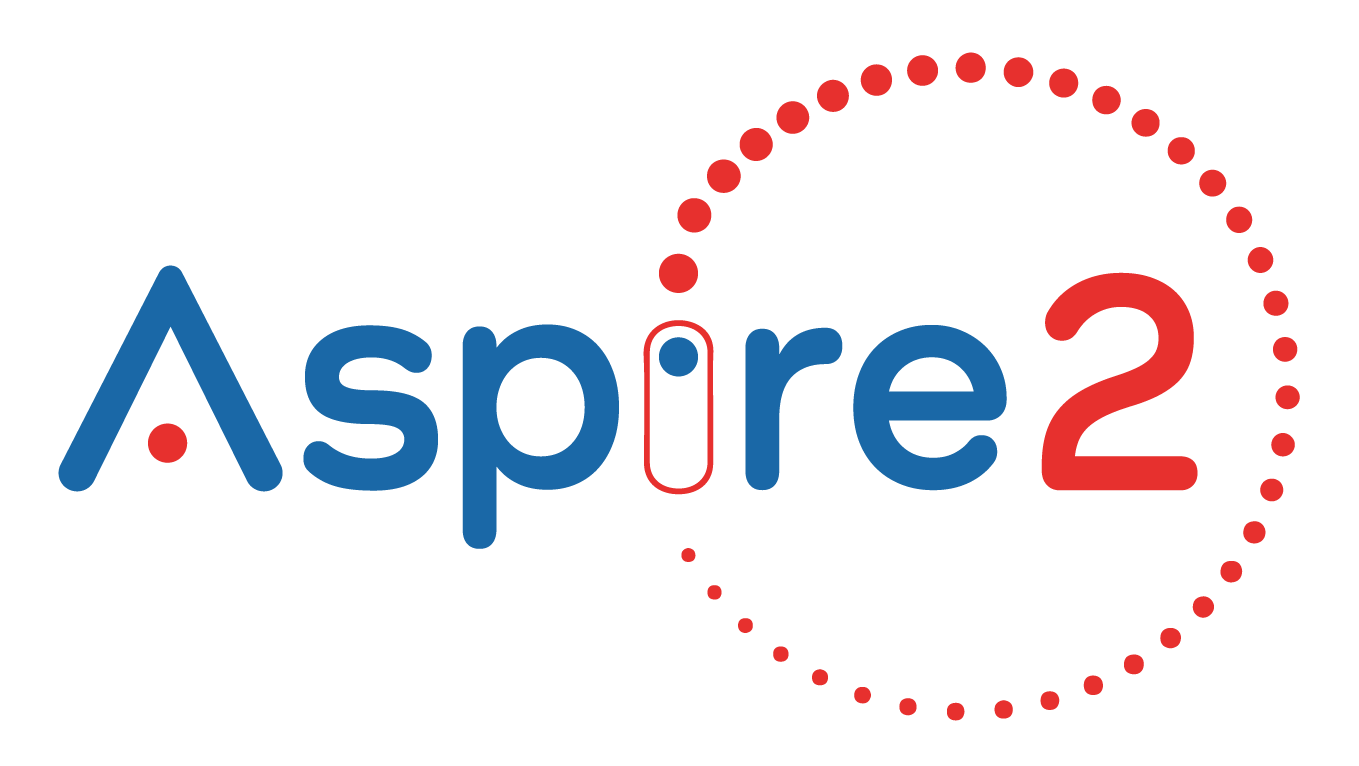
Proactive Succession Planning: Ensuring Strong Leadership Transitions in Schools
In its article “Building Leadership Capacity: Reframing the Succession Challenge,” the nonprofit Bridgespan Group suggests that succession planning is not a routine occurrence triggered by an executive’s exit. Instead, it is a proactive and systematic investment in building leaders within an organisation so that all leaders are ready to respond when transitions are necessary.
Planning for succession means developing a mindset for this thinking and creating a documented strategy to ensure the orderly transition from the current principal or other executive leadership to new leadership. The mindset to plan this out is as essential as the plan itself because conditions change quickly in schools today. This means it should be regularly reviewed and updated as with any other plan; they soon become outdated or irrelevant.
The NAIB suggest that succession planning relies on three principles:
- Changes in school leadership are inevitable.
- No position is more important to a school’s success than its principal, so the right fit is critical.
- Perhaps the most important tasks a board may have are identifying, selecting, hiring, and sustaining the school’s next principal or executive leader.
With this in mind, a school board’s succession planning must consider the two circumstances of planned and unplanned changes:
Planned Changes in Leadership
It is often said that the best time to search for a job is when you don’t need one. This is true for succession planning, too. The best time for the board to start planning for succession is when everything is running smoothly. Using this calm period during the current leader’s time, the board can prepare for the school’s future leadership, even if it seems far away or unlikely. Planning helps create a solid foundation for the upcoming search and makes the search committee’s job easier and more efficient when the time comes.
NAIS suggests the following planning steps:
- Budgeting for the financial resources needed to support the level of search the board anticipates (internal, local, regional, or national, with or without a consultant)
- Building board consensus on the future direction of the school and on what its ideal state will be in five, 10, and 20 years
- Developing board agreement on the professional and personal qualities the ideal principal will possess
- Defining the skills, expertise, attitudes, and understandings the ideal search committee will possess and ensuring that the board has or will have those people to call on.
- Strategic communications planning
Leadership succession planning is a vital strategy to ensure a smooth transition in leadership. However, some members of your school community may worry that it signals an intention to remove the current leader. To address these concerns, it’s important to clarify that this is not the case. One effective way to reassure everyone is to involve the current leader as an active partner in the planning process.
Read the full article on LinkedIn

Dr Michael Boots
Executive Education Consultant



